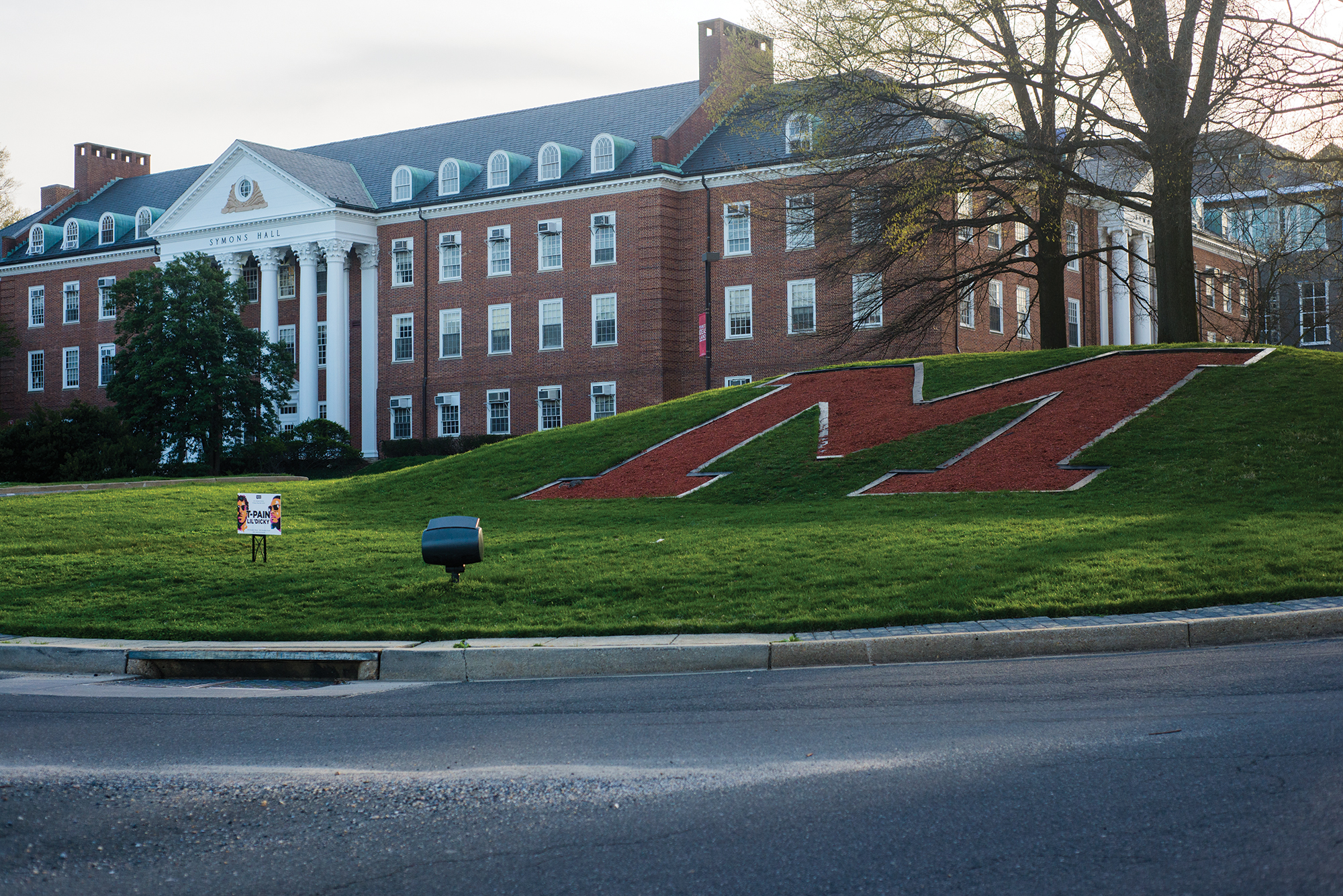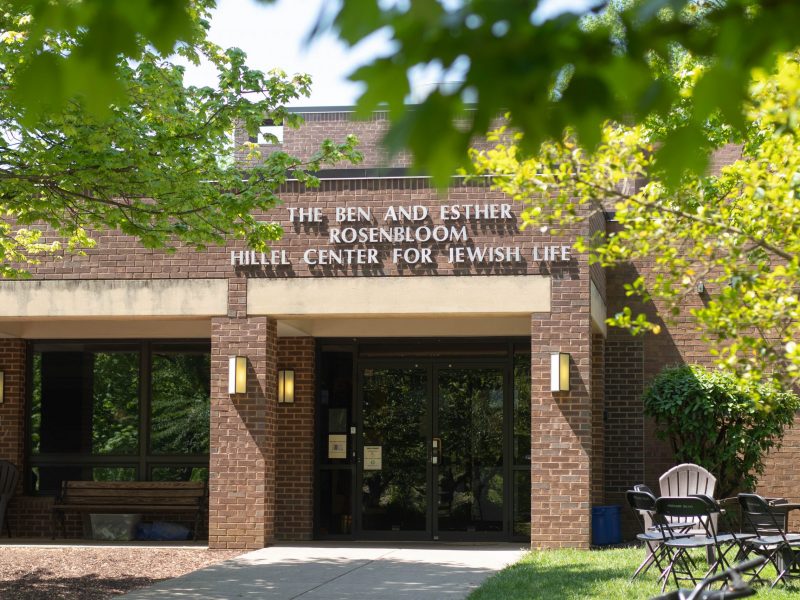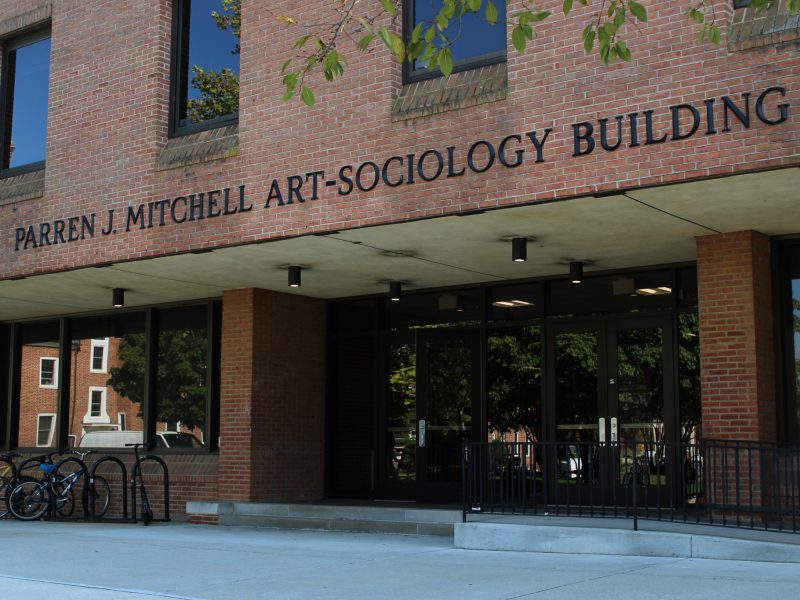The “M” that sits on the traffic circle near the university’s main entrance has greeted visitors, faculty and students with bright state flag-colored flowers since its creation in 1976. But at the moment, it’s undergoing some temporary issues.
Instead of the usual flowers, the “M” has been covered in red mulch since last fall.
Last summer, right before students returned for the start of the fall semester, the “M” developed fungal pathogens, causing holes in the planting that looked similar to Swiss cheese, said Karen Petroff, assistant director of arboretum and horticultural services. Fungicides are being applied to get rid of the pathogens.
And earlier this year, the traditional planting schedule was disrupted by a utility malfunction that occurred just after the home football game against Michigan, Petroff said. Steam lines ruptured, which melted the irrigation lines that supply water to the “M.”
“Between the irrigation system being gone and the fungal pathogens, we did the ‘M’ in red mulch, which still gave the iconic red color, and we knew it would hold until the irrigation system was fixed and the pathogens were gone,” Petroff said.
Since this university joined the Big Ten, Petroff said she has received numerous calls asking why the “M” sometimes has yellow flowers, rendering it extremely similar to the University of Michigan’s logo.
According to the planting schedule, yellow pansies are typically planted in the fall, as they can withstand the cold weather and bloom again in the spring, Petroff said. Red begonias are then planted in late spring, as they cannot survive the cold temperatures of the winter.
As summer approaches, a team of three employees from Facilities Management’s Arboretum and Landscape Services, who primarily take care of the “M,” will be busy putting in new soil. Right before Maryland Day, new red begonias will also be planted to avoid frost.
In an additional threat to the recognizable symbol’s existence, the Purple Line approved by Gov. Larry Hogan last year will be partially located in the current location of the “M” circle.
In early stages of Purple Line planning, some studies modified the “M” circle while others eliminated it or moved it completely, Petroff said.
“What became clear to most people was that there was an understanding that no one wanted to mutilate the ‘M,'” Petroff said.
Marsha Guenzler-Stevens, Stamp Student Union director and member of last year’s Purple Line task force cites the “M” circle as one of her favorite places on the campus.
“It is an icon of the campus. At graduation everyone goes there to get their pictures taken in their caps and gowns, but it is also an icon for when you are giving people directions on-campus because it is a significant marker,” Guenzler-Stevens said. “A ceremonial ‘M’ not in the traffic pattern and more open would be iconic.”
The current plan would relocate it to a grassy space between Campus Drive and the Mitchell Building, less than 100 yards from where it is now and just east of where the Purple Line will run through the campus. The design includes adding crosswalks to allow access to the “M” circle, as people are advised not to walk directly up to it. Additionally, there are talks about creating a plaza with benches and lighting around the “M” circle, Petroff said.



